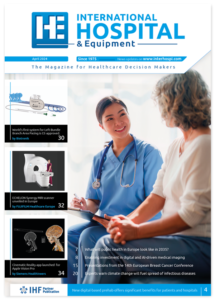WHO calls for worldwide use of ‘smart’ syringes
Use of the same syringe or needle to give injections to more than one person is driving the spread of a number of deadly infectious diseases worldwide. Millions of people could be protected from infections acquired through unsafe injections if all healthcare programmes switched to syringes that cannot be used more than once. For these reasons, WHO is launching a new policy on injection safety to help all countries tackle the pervasive issue of unsafe injections.
A 2014 study sponsored by WHO, which focused on the most recent available data, estimated that in 2010, up to 1.7 million people were infected with hepatitis B virus, up to 315 000 with hepatitis C virus and as many as 33 800 with HIV through an unsafe injection. New WHO injection safety guidelines and policy released today provide detailed recommendations highlighting the value of safety features for syringes, including devices that protect health workers against accidental needle injury and consequent exposure to infection.
WHO also stresses the need to reduce the number of unnecessary injections as a critical way of reducing risk. There are 16 billion injections administered every year. Around 5% of these injections are for immunizing children and adults, and 5% are for other procedures like blood transfusions and injectable contraceptives. The remaining 90% of injections are given into muscle (intramuscular route) or skin (subcutaneous or intradermal route) to administer medicines. In many cases these injections are unnecessary or could be replaced by oral medication.

